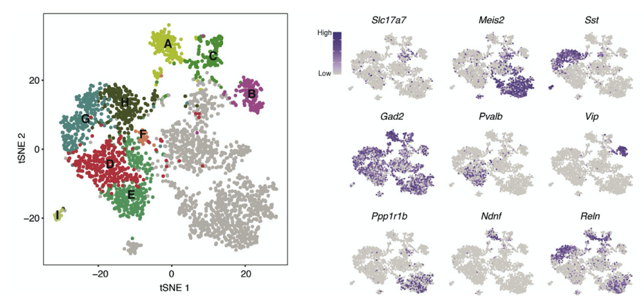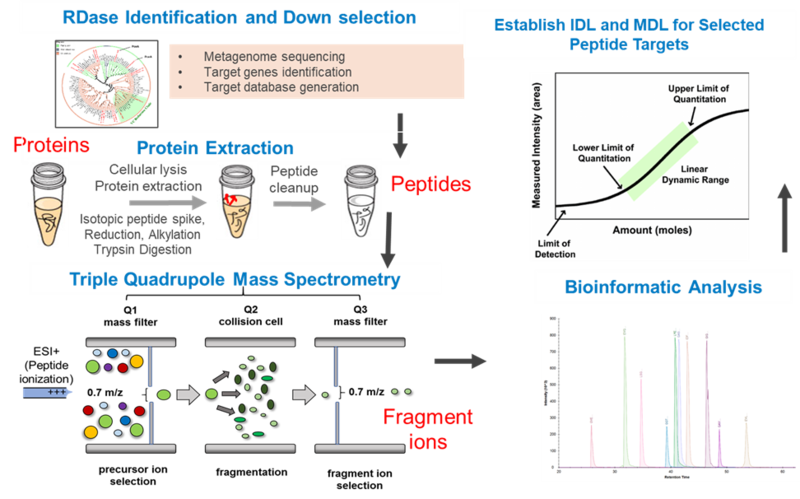Omics Analysis
- Home
- Omics Analysis
OMICS DATA ANALYSIS SERVICES
“Aluna Schrift’s Omics Data Analysis Services” seeks to create value for its customers through state of the art services and in custom (contract research/collaborative) projects. Our services combine cutting edge, information rich omics technologies with data sciences and biocomputational applications to convert digital big omics data into scientific knowledge alongside clinical and pharmaceutical applications.

WHOLE GENOME SEQUENCING ANALYSIS
Multigroup analysis can obtain a large amount of data in a short time. The research results can be obtained quickly by combining with the key analysis. The multilayer omics integration can overcome the defects caused by single-layer omics in detecting the difference of preference. Such multilayer omics integration can make up for the defect caused by the difference of preference in single group detection.
As a good partner of pharmaceutical companies and research institutions, “Aluna Schrift’s Omics Analysis Services” provide genomics, transcriptomics, proteomics and metabolomics data analysis services to accelerate your project progress.
RNA-seq ANALYSIS
Single Nuclei RNA Sequencing (snRNA-seq), is an RNA sequencing method for archived tissues or those that are hard to be dissociated. snRNA-seq methods avoid strong biases against cells having complex morphology and large size. The workflow of snRNA-seq is as follows: isolate nuclei from cells or tissues, cDNA libraries preparation, snRNA-seq, and their concerning data analysis.
Our scientists have accumulated extensive experience in snRNA-seq. We offer scientific and meticulous design for snRNA-seq to ensure high-quality research results.


Multi-omics ANALYSIS
Multi-group analysis can quickly collect a significant amount of data. By merging the research findings with the key analysis. The data from omics at various levels may be cross-verified, making the experiment’s conclusion gained through extensive analysis more credible. Multi-layer omics integration can compensate for the shortcomings of single-layer omics in detecting preference differences. The fault induced by the difference in preference in single group detection can be compensated by multilayer omics integration. It is simpler to discover the difference by evaluating downstream omics data, as there is a propensity to intensify the influence from gene to protein.
The approaches developed for single cell mono-omics data have been extended and merged for the integrative analysis of single cell multi-omics data. The methodologies are: (1) single-cell mono-omics data correlation analysis; (2) analysis of one kind of single cell data followed by integration of another single cell data type; and (3) integrative analysis of all types of single cell omics data to generate the overall single cell map.
METABOLOMICS ANALYSIS
Metabolomics is redeemed as a study of a complete set of metabolites in a specific cell or organism. It can be divided into non-targeted and targeted metabolomics. Non-targeted metabolomics can analyze metabolites derived from the organisms comprehensively and systematically. It is an unbiased metabolomics analysis that can discover new biomarkers. Targeted metabolomics is the study and analysis of specific metabolites. Both are often used in combination for the discovery and accurate weight determination of differential metabolites, and in-depth research and analysis of subsequent metabolic molecular markers. Targeted and non-targeted metabolomics take parts in food identification, disease research, animal model verification, biomarker discovery, disease diagnosis, drug development, drug screening, drug evaluation, clinical research, plant metabolism research, and microbial metabolism research.
Our scientists have accumulated extensive experience in metabolomics analysis. We can offer scientific and meticulous design for metabolomics study and data analysis to ensure high-quality research results.


TRANSCRIPTOMIC ANALYSIS
Single-cell proteomics enables qualitative and quantitative analysis of protein composition within individual cells for obtaining information on proteomes of different individual cells and to build a fine molecular map of proteins.
Our expert scientists can provide single-cell proteomics services that fundamentally reveal the differences in types and their states among different individual cells, allowing you to better understand cells, phenotypes, and their life activities.
PROTEOMICS ANALYSIS
We help to advance your research programs by providing insights on protein expression, sub-cellular based localization, protein-protein interaction networks/pathways, post-translational modifications (i.e., phosphorylation) as well as quantitative analysis.
We offer proteomics analysis services for label-free quantification (LFQ) and chemical labeling quantification through stable isotope labeling with amino acids in cell culture (SILAC), isobaric tags for relative and absolute quantitation (iTRAQ), or tandem mass tag (TMT). We also offer functional and quantitative proteomics analyses of protein-protein associations using gene ontology, enriched pathways, and networks.
The standard proteomics deliverables include reports on normalized peptide abundance, lists of unique and shared peptides, false discovery rate (FDR) filtered peptides, and lists of proteins and their abundance.

Let's Get Started
We are ready analyze your data, so place your order today!
